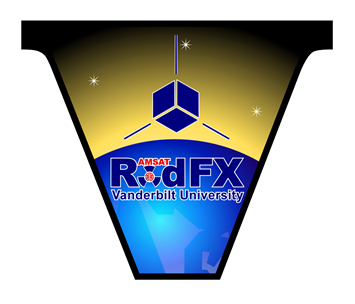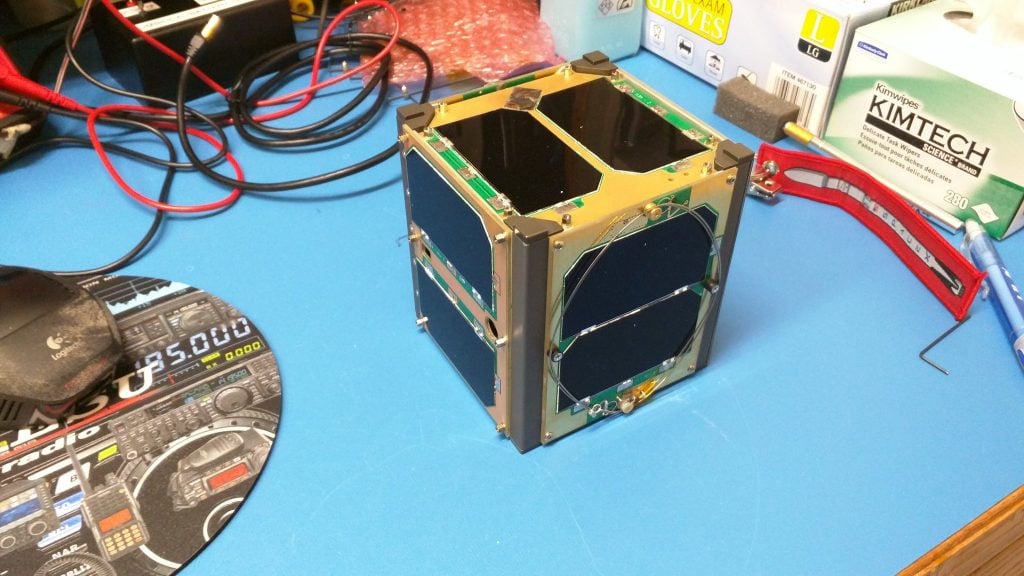The launch date for RadFxSat (Fox-1B) has been moved to August 29, 2017. RadFxSat is one of four CubeSats making up the NASA ELaNa XIV mission, riding as secondary payloads aboard the Joint Polar Satellite System (JPSS)-1 mission. JPSS-1 will launch on a Delta II from Vandenberg Air Force Base, California.
RadFxSat is a partnership with Vanderbilt University ISDE and hosts four payloads for the study of radiation effects on commercial off the shelf components. RadFxSat features the Fox-1 style FM U/v repeater with an uplink on 435.250 MHz (67.0 Hz CTCSS) and a downlink on 145.960 MHz. Satellite and experiment telemetry will be downlinked via the “DUV” subaudible telemetry stream and can be decoded with the FoxTelem software.
RadFxSat construction and testing was completed in the fourth quarter of 2016 and the CubeSat is currently in clean storage at Fox Labs, waiting for delivery and integration which is now scheduled for June, 2017.
[ANS thanks Jerry Buxton, NØJY, AMSAT Vice President for Engineering
for the above information]



